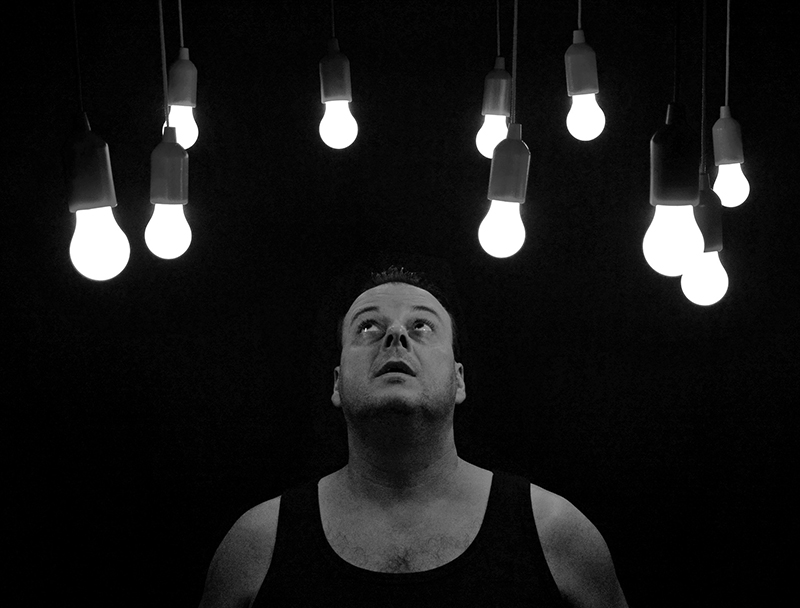Energy-efficient lighting has become the norm in all parts of the globe. Governments, businesses, and organizations are promoting the uptake of efficient lighting technology to save the environment and reduce energy costs; the LED lights are one of these incredible innovations. These bulbs are energy efficient, produce adequate light, and also last long. Besides, more research is on going to make the LED technology better. Let’s look at some fascinating facts about these lights.
Led Lights Last Long
These lights have a useful lifespan of approximately 50,000 hours; this is to say the bulbs can last for nearly 20 years if switched on for only seven hours each day. On the contrary, the traditional lights like the incandescent bulbs have a lifespan of between 750 to 2,000 hours; the compact fluorescent lights(CFLs ), on the other hand, can last for 10,000 hours; with the linear fluorescent bulbs lasting for a maximum of 30,000 hours. Additionally, the LEDs don’t burn out instantly like the incandescent bulb but fade away slowly as they approach their effective life, providing about 30% of their original light.
No Mercury in the LED
As you’re aware, the incandescent bulbs contain mercury; this isn’t the case with the LED bulbs. Besides, these bulbs have the edge over the CFLs as they are expected to undergo significant advancements as the LED technology continues to improve. The traditional bulbs contain small amounts of mercury, which is a toxic gas. Improper disposal of incandescent bulbs leads to pollution of the environment, especially contamination of groundwater.

This we can say, the traditional lights, if disposed of wrongly, they will harm the environment and our bodies. Since the LED bulbs don’t contain any trace of mercury, they are safe for the environment as well as for humans and animals.
LEDs Are Exceptionally Versatile
Since Led lights are long-lasting and easy to maintain, they have found many applications besides lighting space. Today, these lights are used for everything including in digital clocks, watches, traffic lights, data transmissions in remote controls, TV screens, vehicle brake lights, etc. the LED lights are also compact size, resistant to breakage and have the ability to focus light in a one direction as opposed to the traditional bulbs that radiate light in all directions.
When compared to conventional bulbs, the LED lights have exceptional advantages that make them a preferred choice for many people. They are long-lasting, energy-efficient, affordable, environmentally friendly, and compact; thus, they have found more use.


